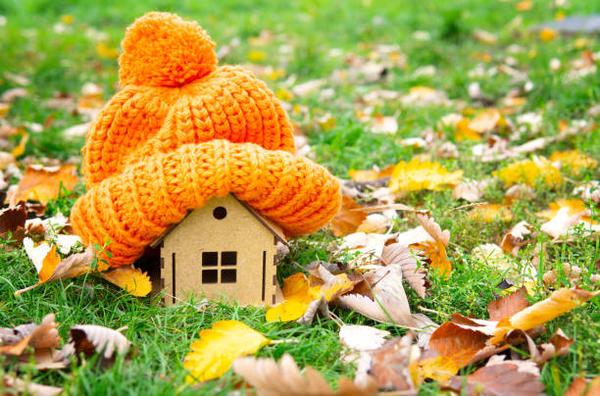Stucco has been a popular building material for centuries, known for its durability and versatility. However, traditional stucco mixtures often contain harmful chemicals and additives that can be damaging to both the environment and human health. In recent years, there has been a growing interest in sustainable stucco materials that are eco-friendly and non-toxic.
One of the main concerns with traditional stucco is the use of Portland cement, which is a major contributor to carbon emissions. To address this issue, researchers have been developing alternative binders for stucco that are more environmentally friendly. One promising option is using lime as a binder instead of cement. Lime-based stucco not only reduces carbon emissions but also offers better breathability and flexibility compared to cement-based Sustainable stucco materials is using recycled aggregates such as crushed glass or ceramic waste instead of traditional sand. These recycled materials not only reduce the demand for natural resources but also help divert waste from landfills. Additionally, incorporating fibers made from natural sources like hemp or jute can improve the strength and crack resistance of stucco while reducing its environmental impact.
In addition to using alternative binders and aggregates, sustainable stucco materials also focus on reducing energy consumption during production. One way to achieve this is by utilizing locally sourced materials to minimize transportation emissions. By sourcing materials from nearby suppliers, builders can lower their carbon footprint and support local economies.
Furthermore, incorporating insulation into the stucco mixture can improve energy efficiency in buildings by reducing heat loss through walls. Insulated stucco systems can help regulate indoor temperatures, leading to lower heating and cooling costs throughout the year.
Beyond environmental benefits, sustainable stucco materials also offer health advantages for occupants of buildings. Traditional stuccos often contain volatile organic compounds (VOCs) that can off-gas over time and contribute to poor indoor air quality. By choosing non-toxic ingredients like natural pigments and mineral fillers, builders can create healthier living spaces free from harmful chemicals.
As awareness of sustainability grows in the construction industry, more architects and builders are turning towards eco-friendly building materials like sustainable stuccos. With advancements in technology and research, it is now possible to create high-performance stuccos that are both durable and environmentally responsible.
In conclusion, sustainable stuccos offer a promising solution for reducing the environmental impact of construction projects while creating healthier living environments for occupants. By choosing eco-friendly alternatives like lime-based binders, recycled aggregates, and natural fibers, builders can contribute to a more sustainable future for generations to come.
Depend Exteriors
8615 176 St NW, Edmonton, AB T5T 0M7, Canada
(780) 710-3972/p>






